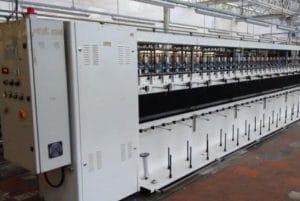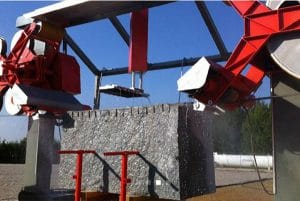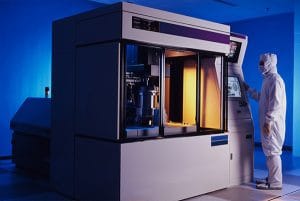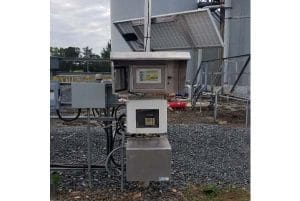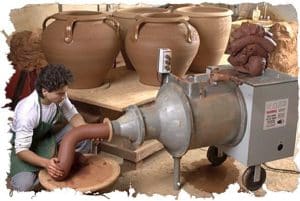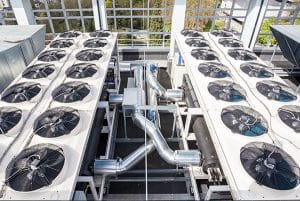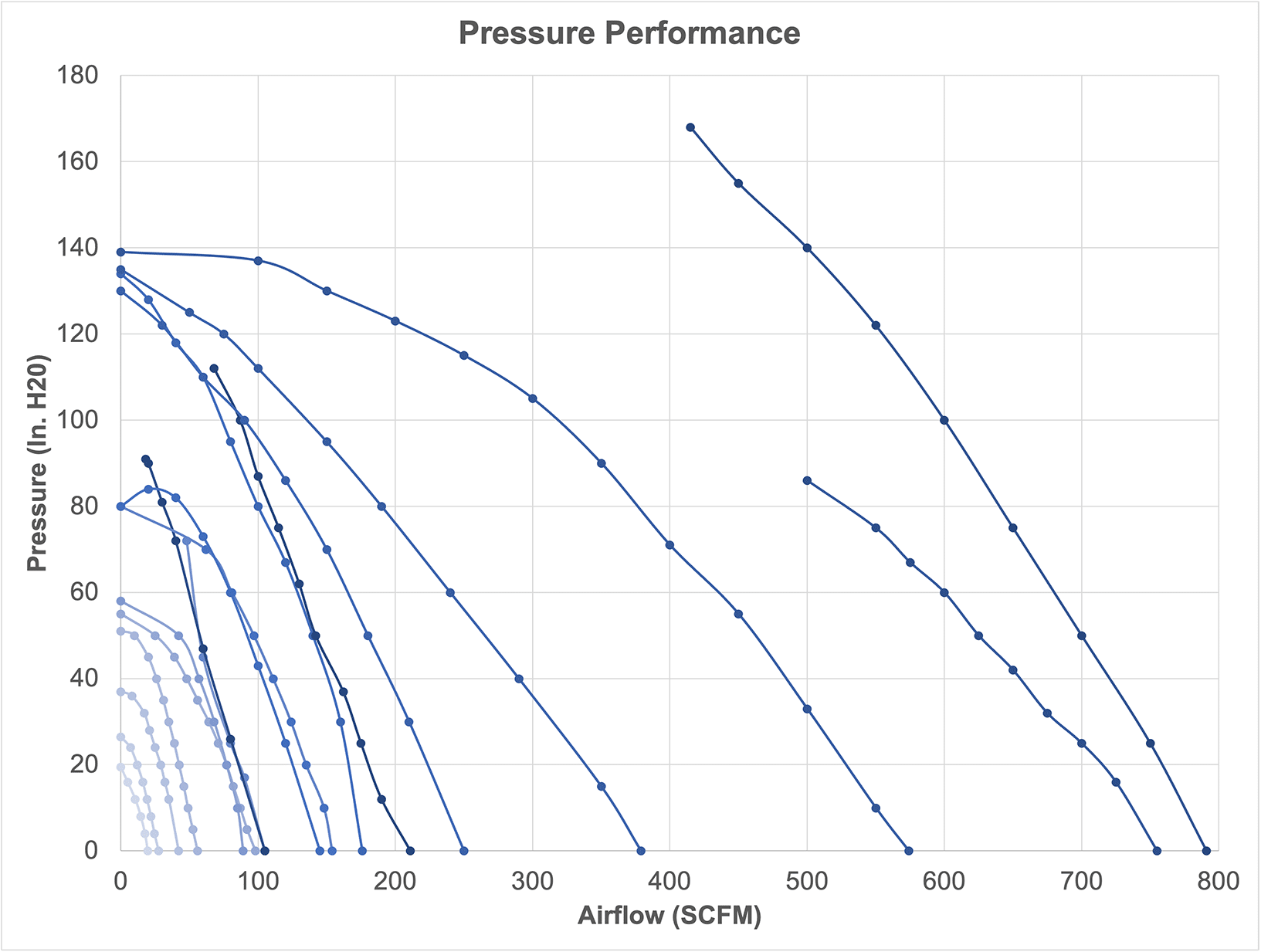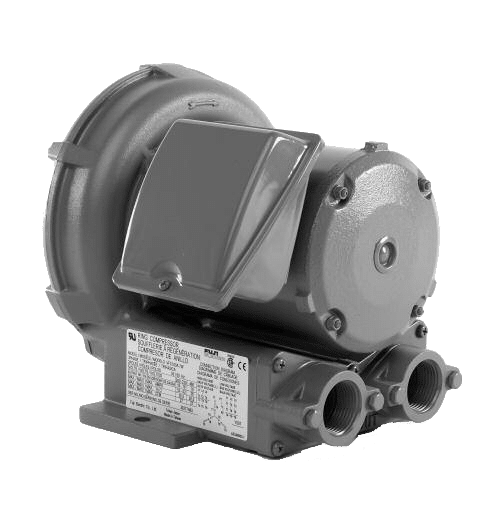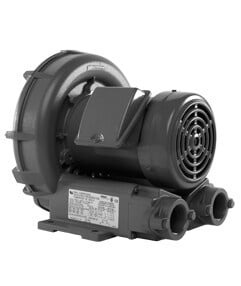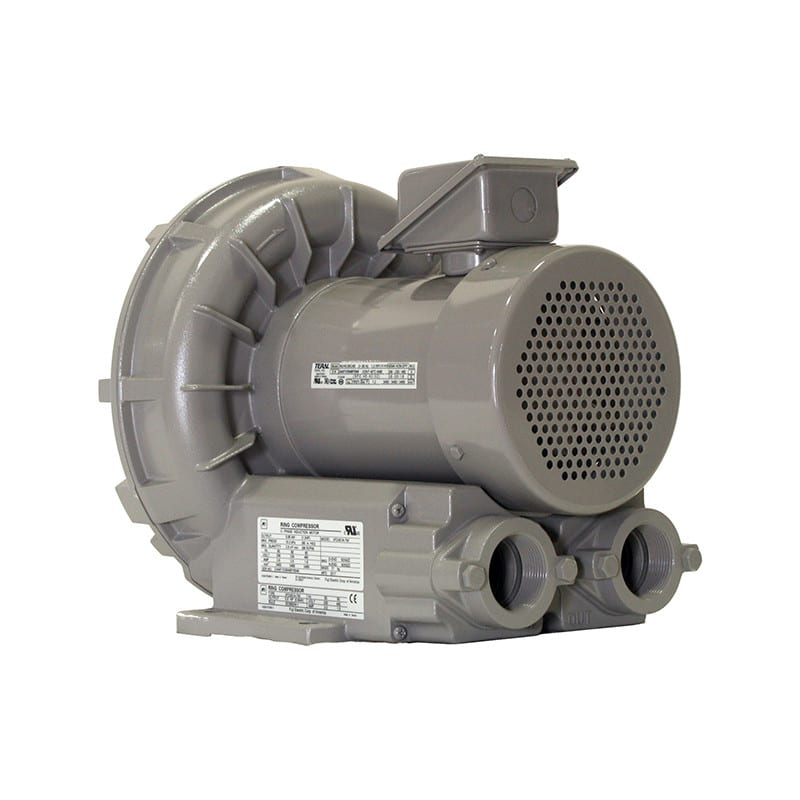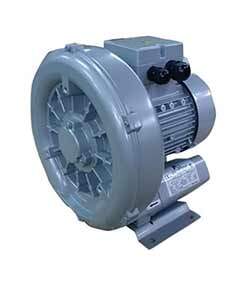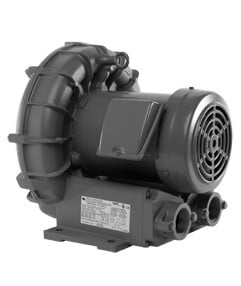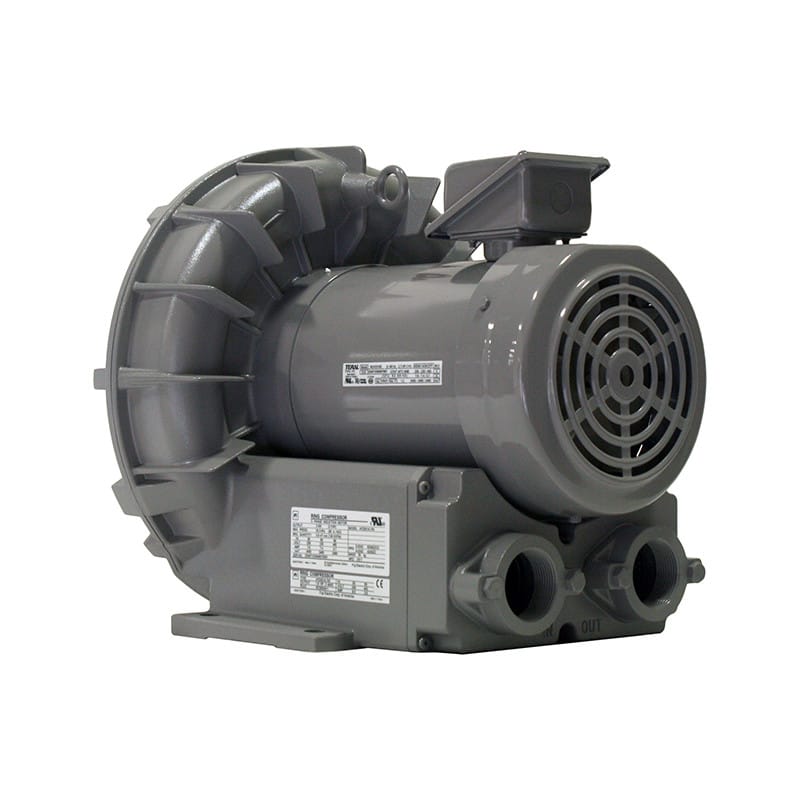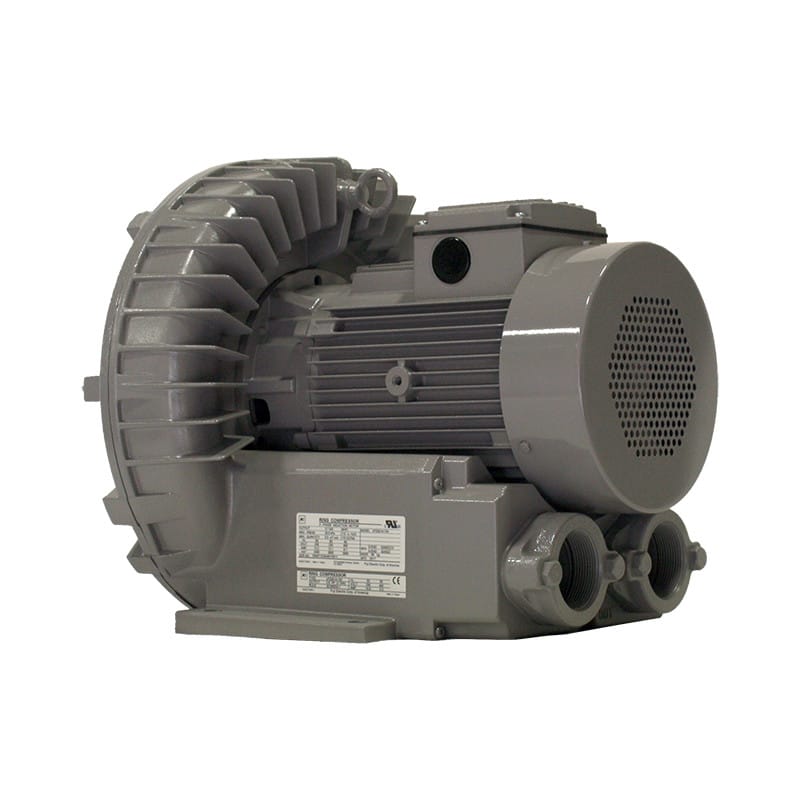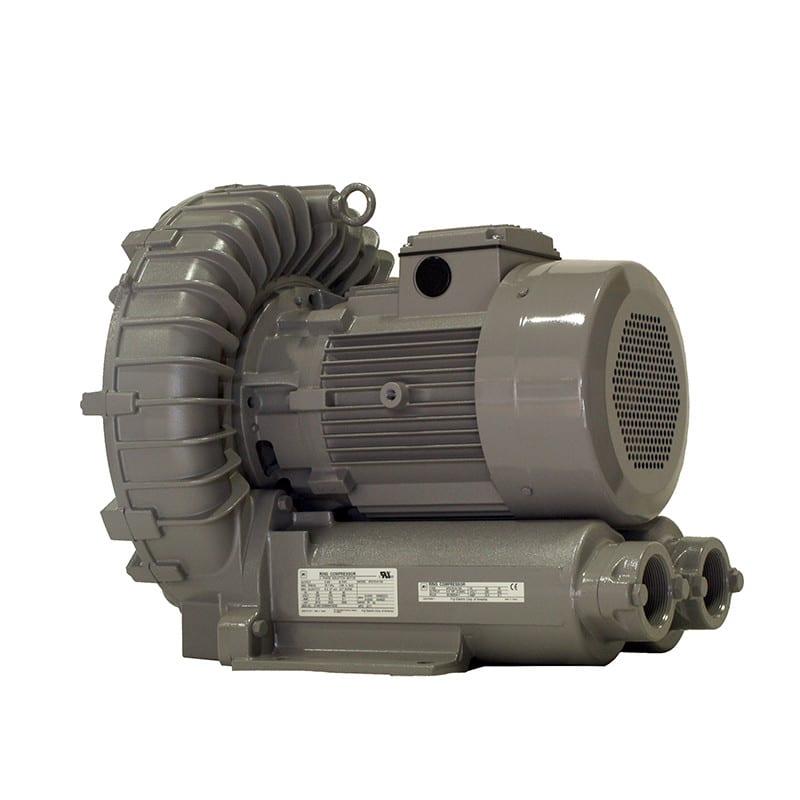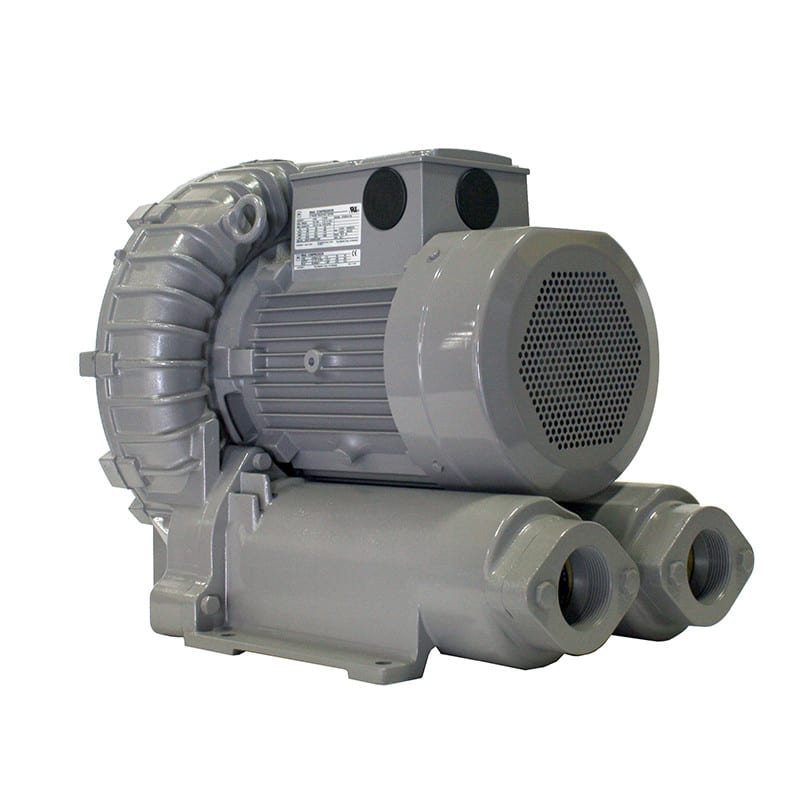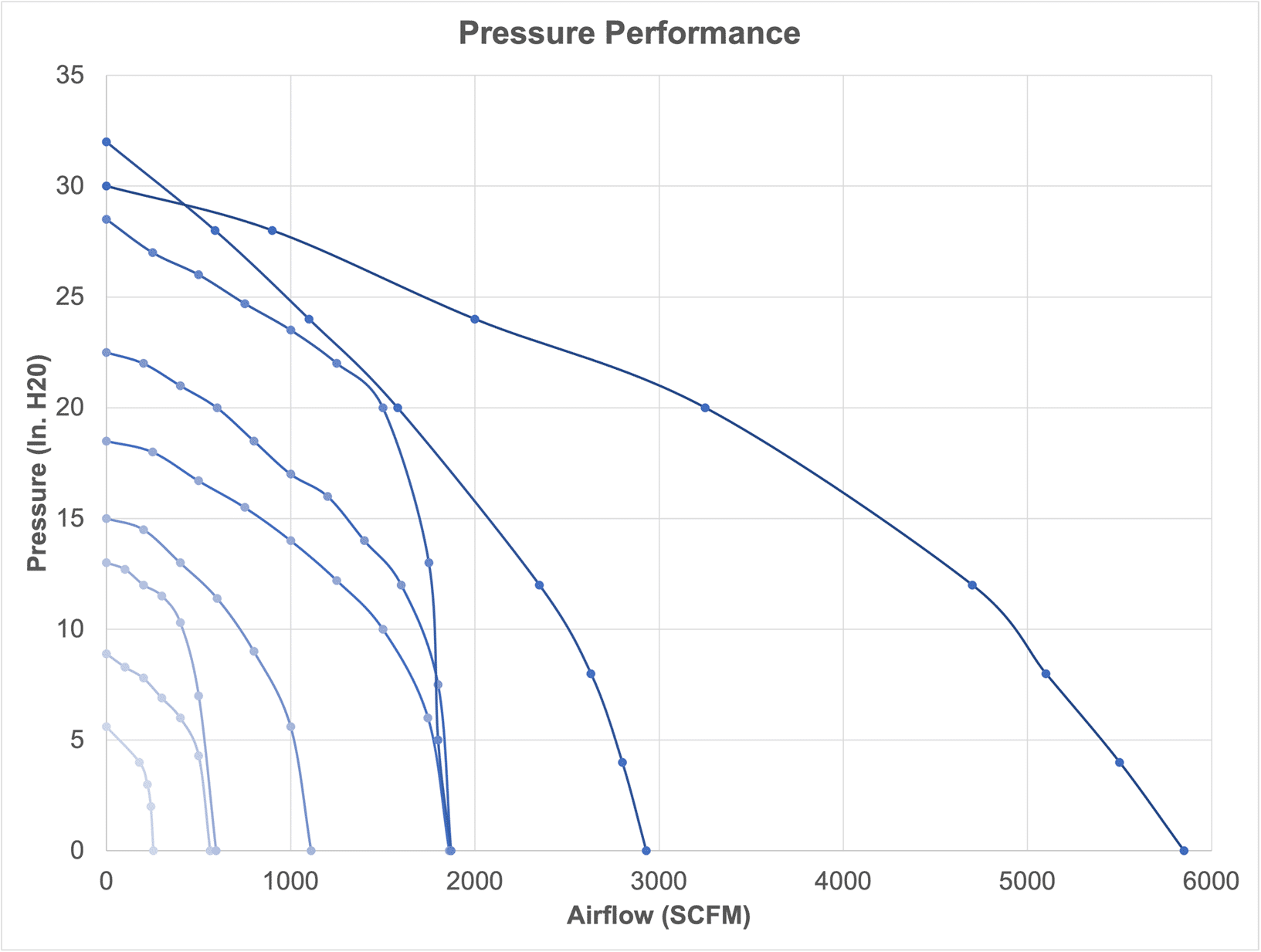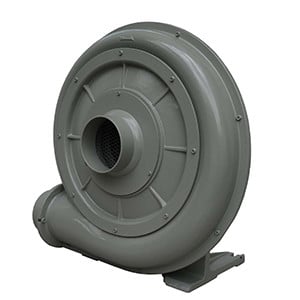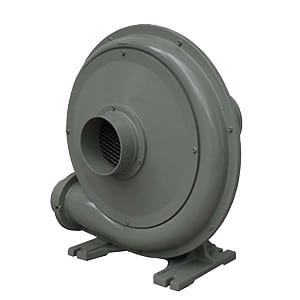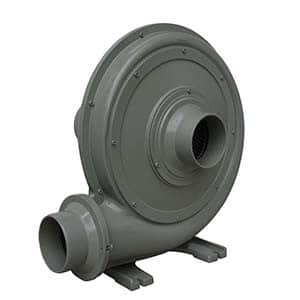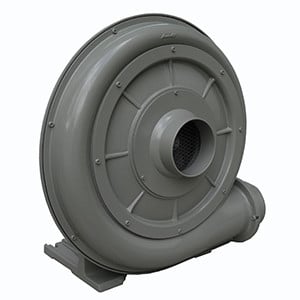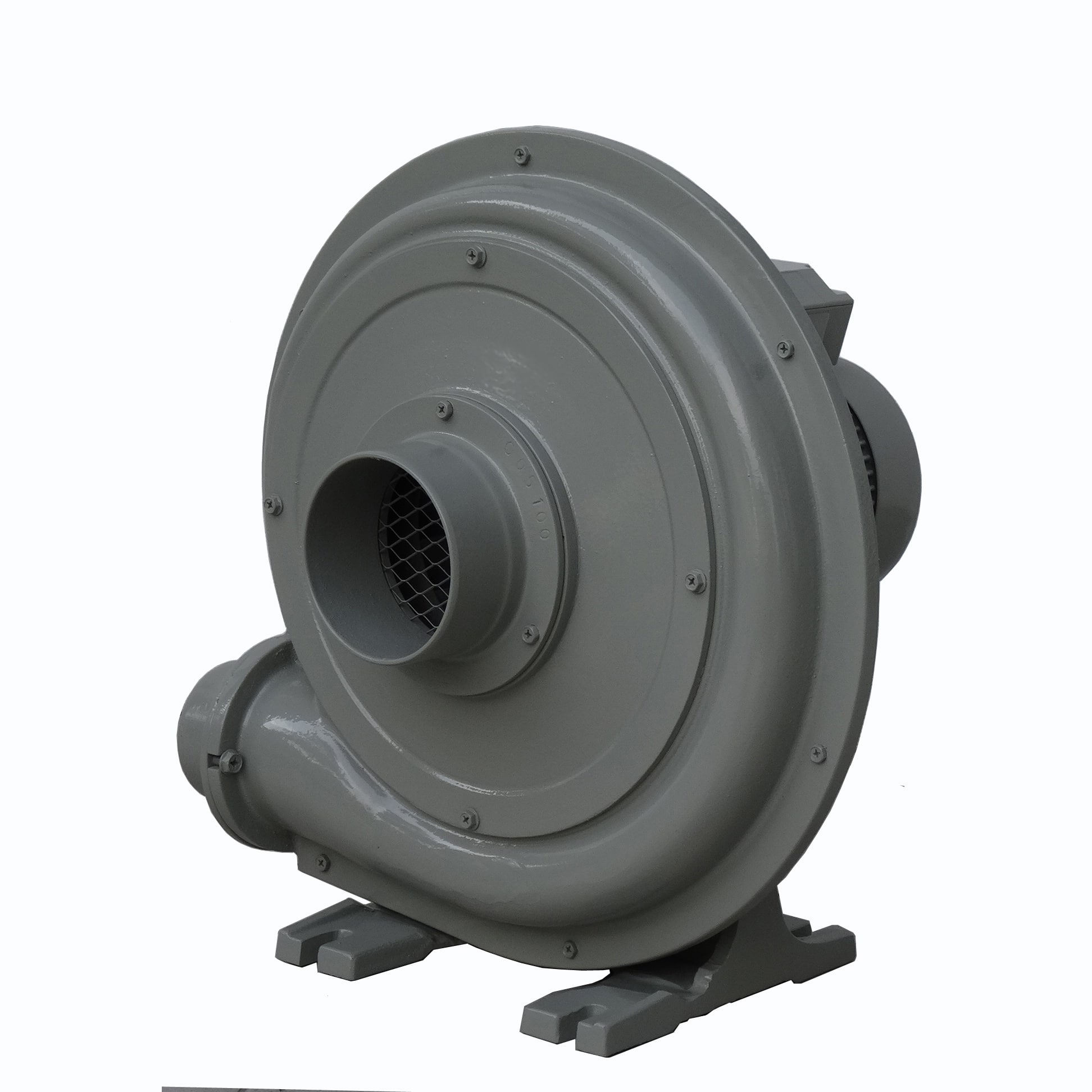AC (Alternating Current) drives, also known as Variable Frequency Drives (VFDs), are essential components in modern industrial automation and control systems. They offer numerous advantages, including energy savings, improved process control, and extended equipment life. However, to fully leverage these benefits, it is crucial to understand and utilize the system protection features integrated into AC drives. These features safeguard the drive, motor, and associated equipment from various potential issues, ensuring reliable and efficient operation. This article explores the key system protection features in AC drives and how to effectively utilize them. 
- Overcurrent Protection
Functionality: Overcurrent protection safeguards the drive and motor from excessive current, which can cause overheating and damage. This feature detects abnormal current levels and shuts down the drive or limits the current to prevent harm.
Utilization Tips:
- Set Appropriate Limits: Configure the drive with the correct current limits based on the motor’s specifications and application requirements.
- Monitor Regularly: Use the drive’s monitoring tools to keep an eye on current levels during operation. This helps in identifying trends that may indicate potential issues.
- Routine Maintenance: Regularly inspect and maintain the motor and drive to ensure they operate within safe current limits.
- Overvoltage and Undervoltage Protection
Functionality: These protections prevent damage caused by voltage levels outside the acceptable range. Overvoltage protection triggers when the supply voltage exceeds a safe threshold, while undervoltage protection activates when the voltage drops too low.
Utilization Tips:
- Voltage Range Setting: Ensure the drive’s voltage protection settings match the power supply characteristics and the motor’s voltage tolerance.
- Power Quality Monitoring: Regularly monitor the quality of the power supply to detect and address issues like voltage sags, swells, and transients.
- Use Surge Protectors: Install surge protection devices to safeguard against sudden voltage spikes that can cause overvoltage conditions.
- Overload Protection
Functionality: Overload protection prevents the motor from operating beyond its rated capacity for an extended period, which can lead to overheating and premature failure. This feature detects overload conditions and reduces the drive’s output or shuts it down to protect the motor.
Utilization Tips:
- Proper Sizing: Ensure the motor and drive are appropriately sized for the application to avoid frequent overload conditions.
- Configuration: Set the overload protection parameters based on the motor’s thermal characteristics and the application load profile.
- Regular Checks: Periodically check the motor’s load and performance to ensure it operates within safe limits.
- Ground Fault Protection
Functionality: Ground fault protection detects unintentional connections between the motor’s electrical components and the ground, which can cause dangerous current flow and potential damage.
Utilization Tips:
- Regular Inspections: Conduct routine inspections of the motor and drive wiring to identify and rectify any potential ground faults.
- Isolation: Ensure proper insulation of all electrical components to prevent accidental grounding.
- Set Sensitivity Levels: Configure the drive’s ground fault protection sensitivity according to the application’s requirements to detect even minor faults.
- Thermal Protection
Functionality: Thermal protection monitors the temperature of the drive and motor, preventing overheating that can lead to failure. This feature typically includes sensors that trigger alarms or shut down the drive when temperatures exceed safe limits.
Utilization Tips:
- Sensor Placement: Ensure temperature sensors are correctly placed to accurately monitor critical areas of the motor and drive.
- Cooling Systems: Maintain adequate cooling systems, such as fans or heat exchangers, to dissipate heat effectively.
- Regular Cleaning: Keep the drive and motor free from dust and debris that can obstruct airflow and cause overheating.
- Short Circuit Protection
Functionality: Short circuit protection detects and interrupts excessive current flow caused by short circuits, preventing damage to the drive and motor.
Utilization Tips:
- Circuit Breakers: Use appropriate circuit breakers and fuses to provide an additional layer of short circuit protection.
- Regular Testing: Periodically test the drive’s short circuit protection functionality to ensure it responds correctly to faults.
- Proper Wiring: Ensure all wiring and connections are correctly installed and maintained to minimize the risk of short circuits.
Conclusion
Utilizing system protection features in AC drives is vital for ensuring the longevity, reliability, and safety of both the drive and motor. By understanding and correctly configuring these features, operators can prevent damage from overcurrent, overvoltage, undervoltage, overload, ground faults, thermal issues, and short circuits. Regular monitoring, maintenance, and adherence to best practices are essential to fully leverage the protection capabilities of AC drives, leading to improved performance and reduced downtime in industrial applications. By incorporating these protective measures, industries can achieve more efficient and resilient operations, safeguarding their investments and enhancing productivity.





